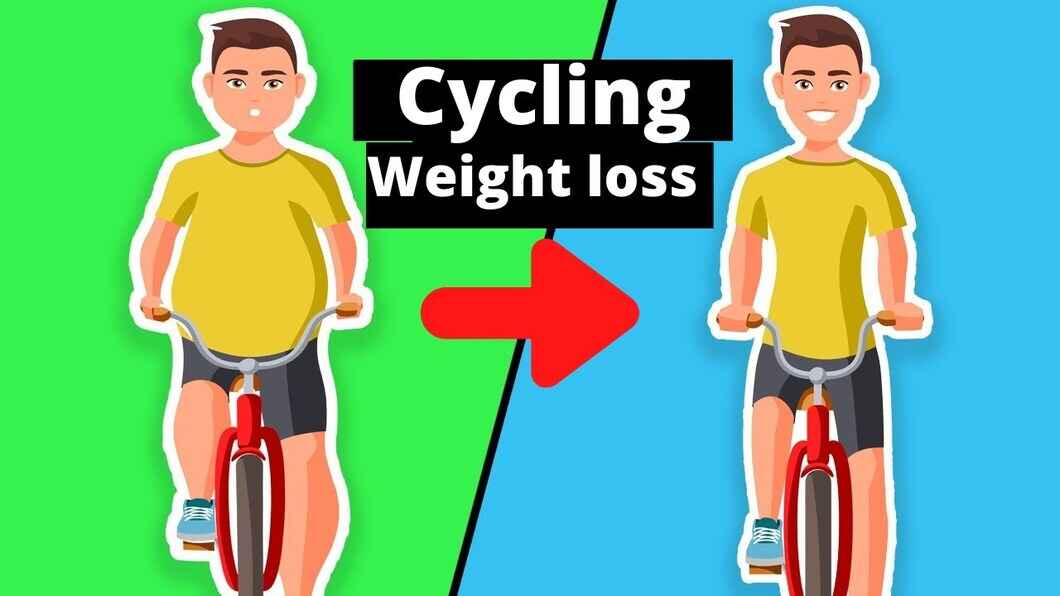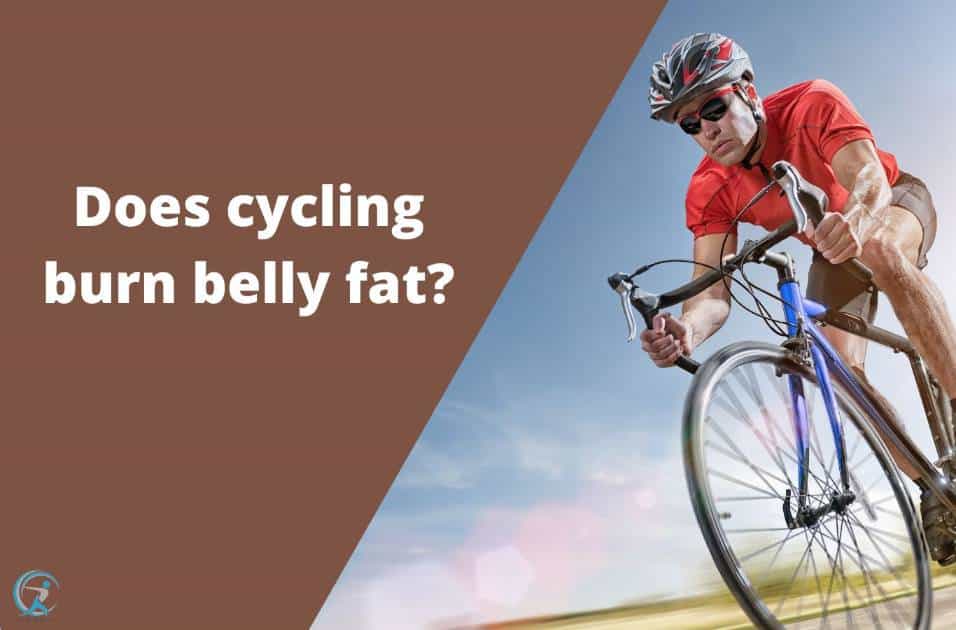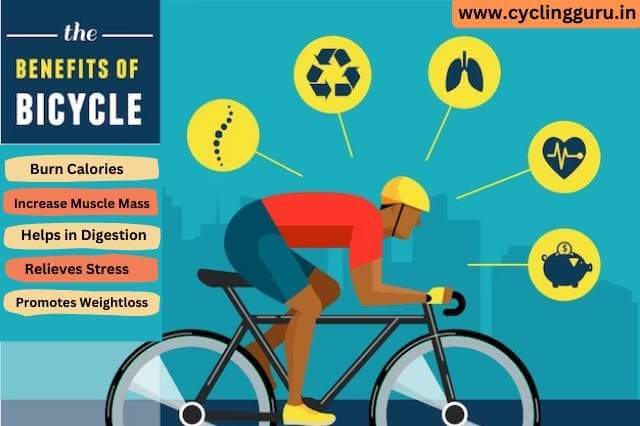Will Riding A Bike Burn Belly Fat

The quest to shed abdominal fat is a common fitness goal, and cycling frequently emerges as a popular and accessible exercise option. But does hopping on a bike truly target and eliminate belly fat? The answer, as with most fitness-related queries, is nuanced and depends on various factors.
This article explores the science behind cycling and its impact on body fat, examining whether it can effectively contribute to reducing abdominal fat, and outlining the strategies to optimize cycling workouts for fat loss. It aims to provide a comprehensive understanding of how cycling fits into a broader weight management and fitness plan.
The Science of Fat Loss and Exercise
Fat loss, including the reduction of abdominal fat, hinges on creating a calorie deficit. This means burning more calories than you consume.
Exercise, including cycling, helps burn calories, thus contributing to this deficit. However, spot reduction – the idea that you can target fat loss in a specific area – is largely a myth.
When you exercise, your body draws energy from fat stores throughout your body, not just from the area being worked. The location from which the fat is burned depends on individual genetics and body composition.
Cycling's Role in Calorie Expenditure
Cycling is an effective way to burn calories. The exact number of calories burned varies depending on several factors, including your weight, the intensity of your ride, and the duration of your cycling session.
Harvard Health Publishing estimates that a 155-pound person can burn approximately 260 calories during a 30-minute moderate-intensity bike ride. A more vigorous ride can burn significantly more.
Over time, consistently burning more calories than you consume through activities like cycling, coupled with a healthy diet, will lead to overall fat loss, including a reduction in abdominal fat.
Cycling and Abdominal Fat: What the Research Says
While cycling doesn't specifically target belly fat, studies have shown its effectiveness as part of a broader weight loss strategy. A study published in the Journal of Applied Physiology demonstrated that regular aerobic exercise, like cycling, can significantly reduce abdominal fat.
Another study in the International Journal of Obesity found that combining aerobic exercise with resistance training resulted in greater reductions in abdominal fat compared to aerobic exercise alone. This suggests that incorporating strength training into your routine can enhance the fat-burning effects of cycling.
These studies underscore the importance of a holistic approach, combining cycling with other exercises and a balanced diet, to achieve optimal results.
Types of Cycling for Fat Loss
Different types of cycling can be incorporated into a routine to maximize fat loss. These can vary in intensity and duration.
Steady-state cycling involves maintaining a consistent pace for a prolonged period. This type of cycling is excellent for building endurance and burning a significant number of calories over time.
High-Intensity Interval Training (HIIT) on a bike involves alternating between short bursts of intense cycling and periods of rest or low-intensity cycling. HIIT has been shown to be highly effective for burning calories and improving cardiovascular fitness.
Hill repeats involve cycling up hills, which requires more effort and engages more muscle groups. This type of cycling can help build strength and burn more calories per unit of time.
Optimizing Cycling for Fat Loss: Practical Tips
To maximize the fat-burning potential of cycling, consider these practical tips.
Consistency is key: Aim to cycle regularly, ideally several times per week. Establishing a consistent routine will help you create a sustained calorie deficit.
Incorporate variety: Mix up your cycling workouts with different intensities and types of rides. This will prevent your body from adapting and help you burn more calories. Consider combining steady-state rides with HIIT workouts and hill repeats.
Focus on nutrition: Cycling alone won't guarantee fat loss. Pair your cycling workouts with a healthy diet rich in fruits, vegetables, lean protein, and whole grains. Avoid processed foods, sugary drinks, and excessive amounts of saturated and unhealthy fats.
Stay hydrated: Drink plenty of water before, during, and after your cycling workouts to stay hydrated and support your metabolism.
Get enough sleep: Adequate sleep is crucial for overall health and weight management. Aim for 7-9 hours of quality sleep per night to support your body's recovery and optimize fat burning.
Cycling and Overall Health Benefits
Beyond its potential for fat loss, cycling offers numerous other health benefits. It's a low-impact exercise, making it easier on your joints compared to activities like running. It's also a great way to improve cardiovascular health, build muscle strength and endurance, and boost your mood.
Cycling can also be a social activity. Riding with friends or joining a cycling club can provide motivation and support.
Dr. Emily Carter, a leading expert in exercise physiology, emphasizes that "cycling is a versatile and accessible form of exercise that can be incorporated into a variety of fitness routines. Its benefits extend beyond weight loss, contributing to improved cardiovascular health, mental well-being, and overall quality of life."
Conclusion
While cycling alone may not magically melt away belly fat, it is an effective tool for burning calories and contributing to overall fat loss. When combined with a healthy diet, strength training, and other healthy lifestyle habits, cycling can be a powerful way to reduce abdominal fat and improve your overall health and fitness.
The key is to approach cycling strategically, focusing on consistency, variety, and a holistic approach to health and wellness. So, get on your bike and enjoy the ride towards a healthier, fitter you.















![Will Riding A Bike Burn Belly Fat Does Cycling Burn Belly Fat? [7 Best Methods] - Sustainable Food Trade](https://www.sustainablefoodtrade.org/wp-content/uploads/2024/04/Cycling-and-Belly-Fat.png)


